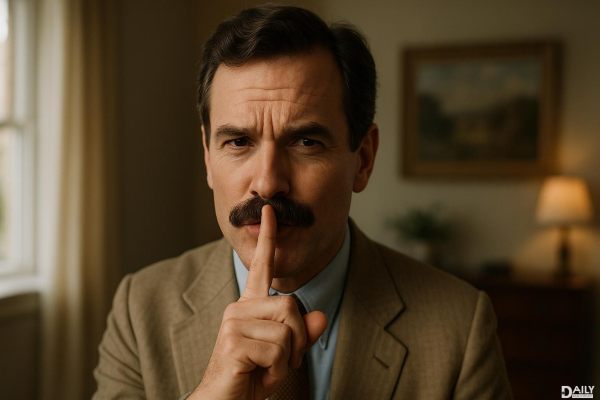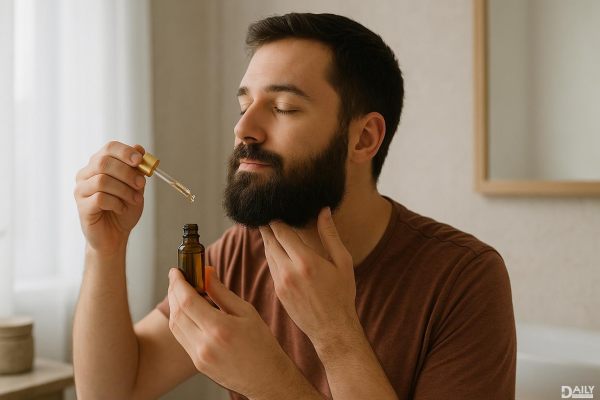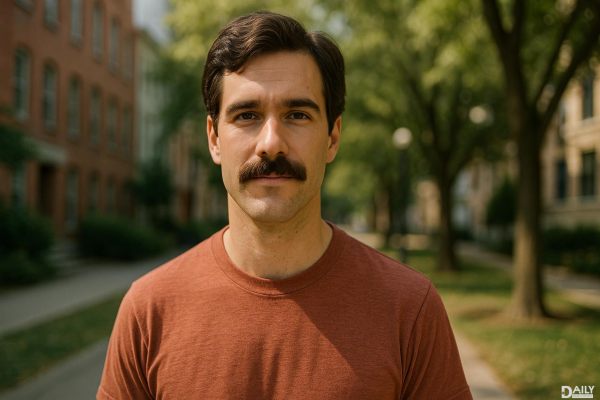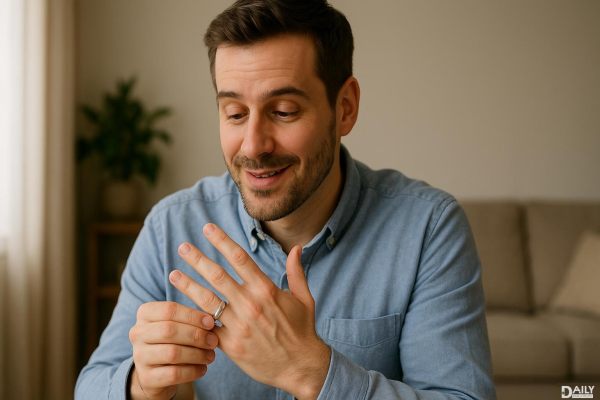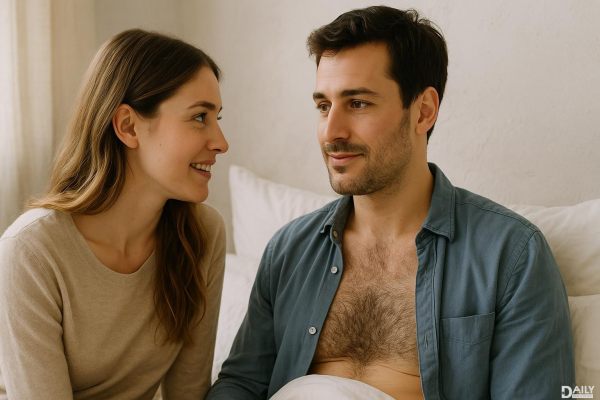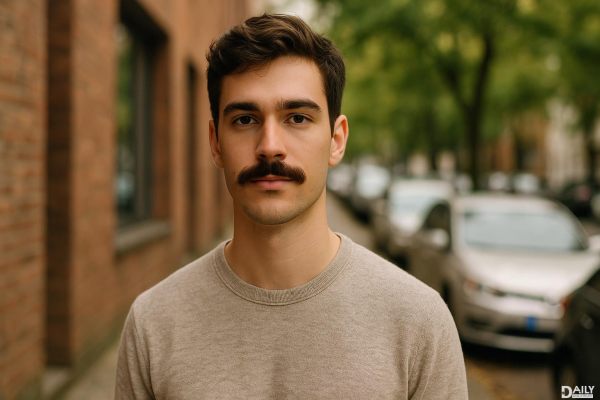Absolutely, and it's not even close. The 80s were a golden era for mustaches, and the actors who sported them didn’t just wear facial hair—they owned it. From action heroes to comedic legends, these guys turned their upper lips into cultural statements. Whether it was Tom Selleck’s legendary 'stache or Burt Reynolds’ signature smirk-framing fuzz, the 80s mustache game was unmatched. Let’s dive into why these icons set the bar so high that modern actors still can’t touch it.

Tom Selleck didn’t just have a mustache—he had the mustache. As Magnum P.I., his thick, perfectly groomed lip sweater became synonymous with rugged charm and effortless cool. It wasn’t just facial hair; it was a character trait. The way it caught the Hawaiian breeze while he solved crimes? Iconic. Selleck’s mustache was so influential that it sparked a nationwide trend, with barbers reporting a surge in requests for "The Magnum." Even today, his look is the benchmark for "dad staches" and hipster throwbacks alike. The secret? Consistency. Selleck never overstyled it—just kept it full, natural, and slightly wild, like a hero’s should be.
Burt Reynolds’ mustache wasn’t just about style—it was an attitude. Framing his trademark smirk in films like Smokey and the Bandit and Boogie Nights, his ‘stache was equal parts mischievous and magnetic. Reynolds understood something critical: a mustache should complement your persona, not overpower it. His was trimmed just enough to look polished but left thick enough to say, "I don’t follow rules." It worked because it matched his devil-may-care charisma. Plus, that salt-and-pepper vibe in his later years? Chef’s kiss. Reynolds proved a mustache could age like fine wine.
If mustaches had a voice, they’d sound like Sam Elliott. The man’s deep, gravelly tone and his walrus-style mustache were a package deal. From The Big Lebowski to Road House, Elliott’s facial hair wasn’t just decoration—it was a symbol of wisdom, grit, and quiet authority. His secret? Letting it grow untamed but never unkempt. The slightly bushy, sweeping look gave him a frontiersman vibe, like he could wrestle a bear and then narrate the experience in that iconic drawl. Modern actors try to replicate it, but without the voice, it’s just not the same.
Before Ron Swanson, 80s actors were already perfecting the "lumberjack chic" mustache. Guys like Lee Majors in The Fall Guy and Kurt Russell in Tombstone wore their facial hair like a badge of honor. These weren’t ironic hipster ‘staches—they were declarations of masculinity. Russell’s Wyatt Earp mustache, for example, was meticulously shaped to balance wildness and control, mirroring his character’s moral code. The 80s understood that a great mustache wasn’t just about hair; it was about the aura it created. Today’s attempts often feel like costumes, but back then, it was just how men rolled.
Not all 80s mustaches were about machismo. Comedy legends like Bill Murray (Caddyshack) and Charles Grodin (Midnight Run) used theirs for laughs. Murray’s thin, cheesy ‘stache in Caddyshack was so dorky it circled back to cool. Grodin’s patchy, unimpressive fluff in Midnight Run became a running gag, proving mustaches could be hilarious without trying too hard. The lesson? A mustache doesn’t have to be majestic to be memorable—sometimes, the worse it looks, the better it works.
So, did 80s actors rock mustaches better than anyone else? Without a doubt. They treated facial hair as an extension of their personalities, whether for drama, comedy, or sheer swagger. Today’s actors might have better grooming products, but they’ll never match the effortless authenticity of the 80s ‘stache. Those guys didn’t follow trends—they set them. And honestly? We’re still trying to catch up.

